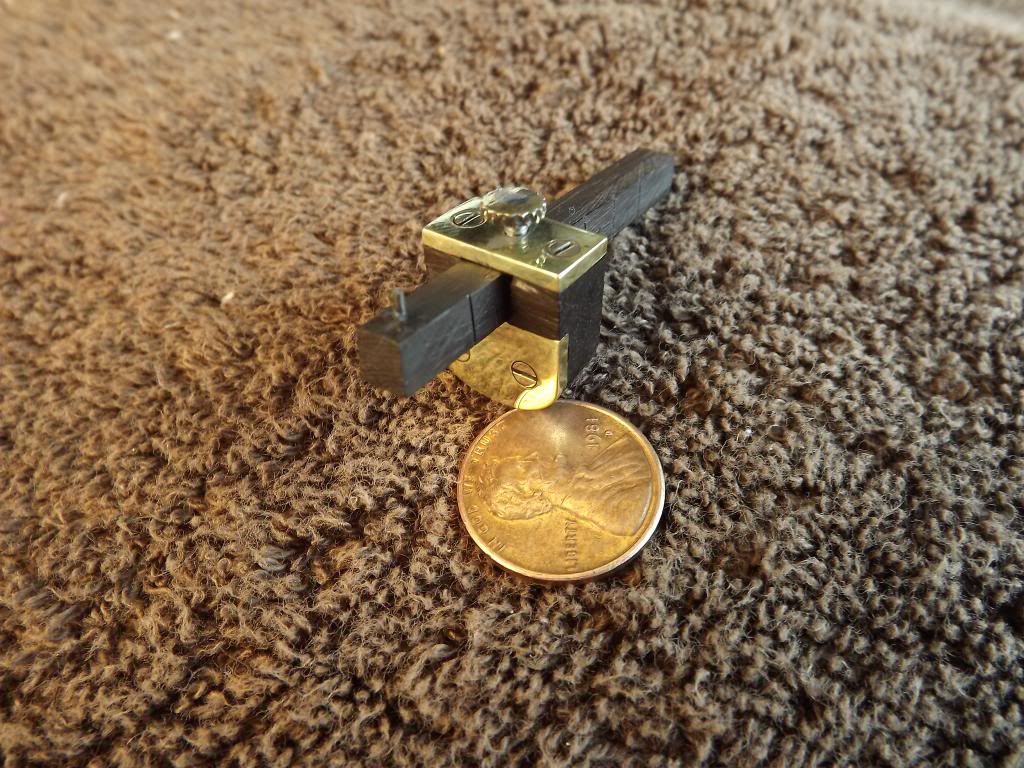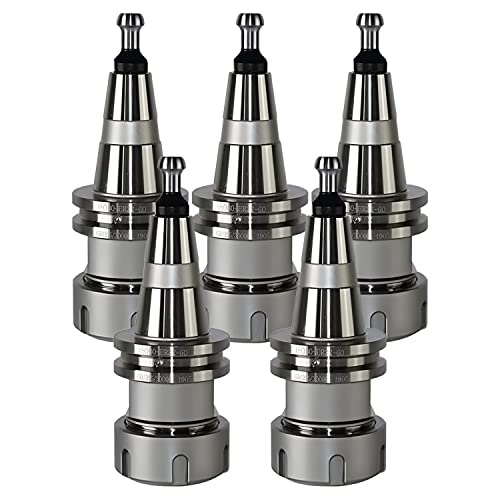flyingtractors1
Well-Known Member
- Joined
- Dec 3, 2011
- Messages
- 236
- Reaction score
- 99
Another piece from the miniature tool box. Ralph




Nice work. I saw a site somewhere where a guy was making full size metal wood planes dovetailing the base to the sides, amazing craftsmanship if you can find it.







![DreamPlan Home Design and Landscaping Software Free for Windows [PC Download]](https://m.media-amazon.com/images/I/51kvZH2dVLL._SL500_.jpg)
Enter your email address to join: